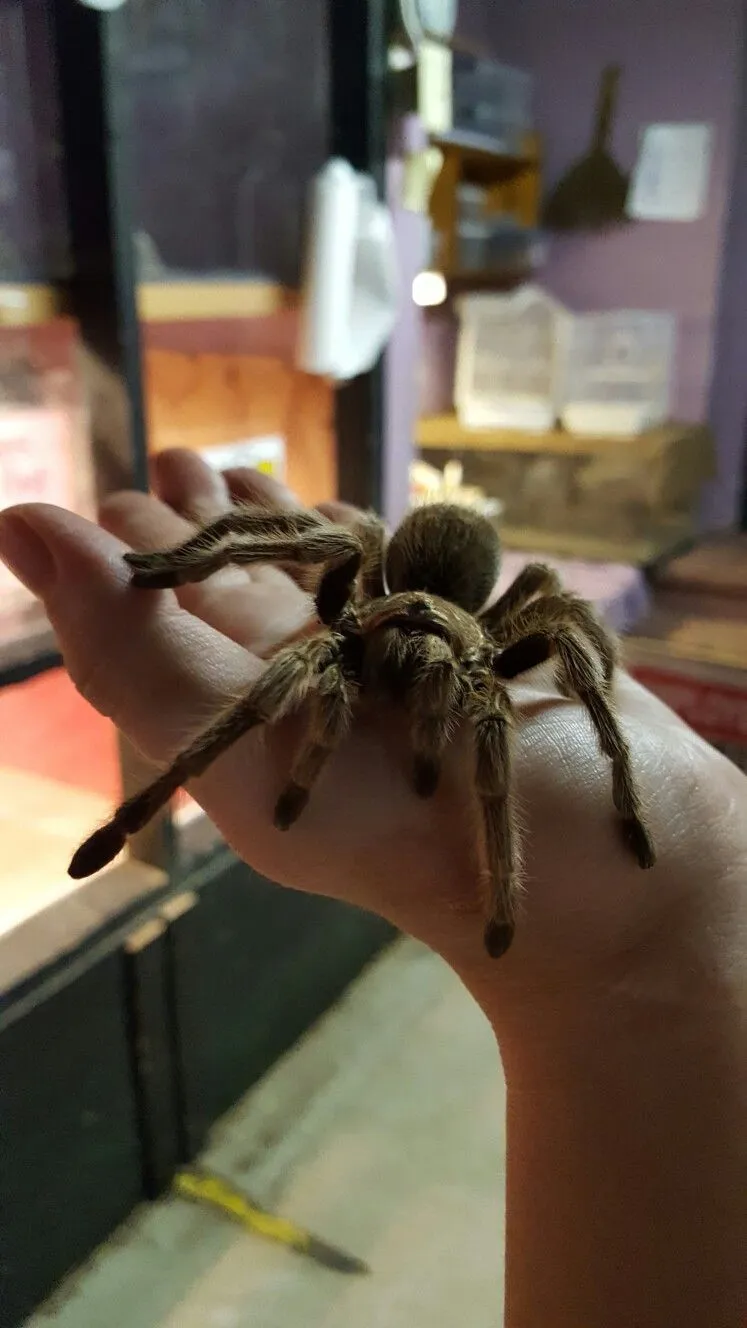Rose Hair Tarantula: Top 5 Facts
The Rose Hair Tarantula, scientifically known as Grammostola rosea, is a popular pet tarantula known for its docile temperament and striking appearance. Originating from the deserts of Chile, Argentina, and Bolivia, these arachnids have captured the hearts of many enthusiasts around the world. This article unveils five key facts about the Rose Hair Tarantula, offering insights into their behavior, care, and fascinating life cycle. Whether you’re a seasoned spider keeper or a curious beginner, understanding these facts will enhance your appreciation for this remarkable species. Let’s dive into the world of these captivating creatures and explore what makes them so special.
What is Rose Hair Tarantula
The Rose Hair Tarantula, or Grammostola rosea, is a New World tarantula species celebrated for its gentle nature and manageable care requirements, making it a favorite among novice and experienced tarantula keepers alike. Distinguished by its reddish-brown hairs and relatively calm demeanor, this tarantula typically reaches a leg span of 4-6 inches. Native to the arid and semi-arid regions of South America, particularly Chile, Bolivia, and Argentina, the Rose Hair Tarantula has adapted to thrive in a dry, warm environment, contributing to their low-maintenance lifestyle in captivity. Their longevity is also a remarkable aspect, with females often living for over 20 years, offering a long-term companionship opportunity for their owners.
Appearance and Characteristics
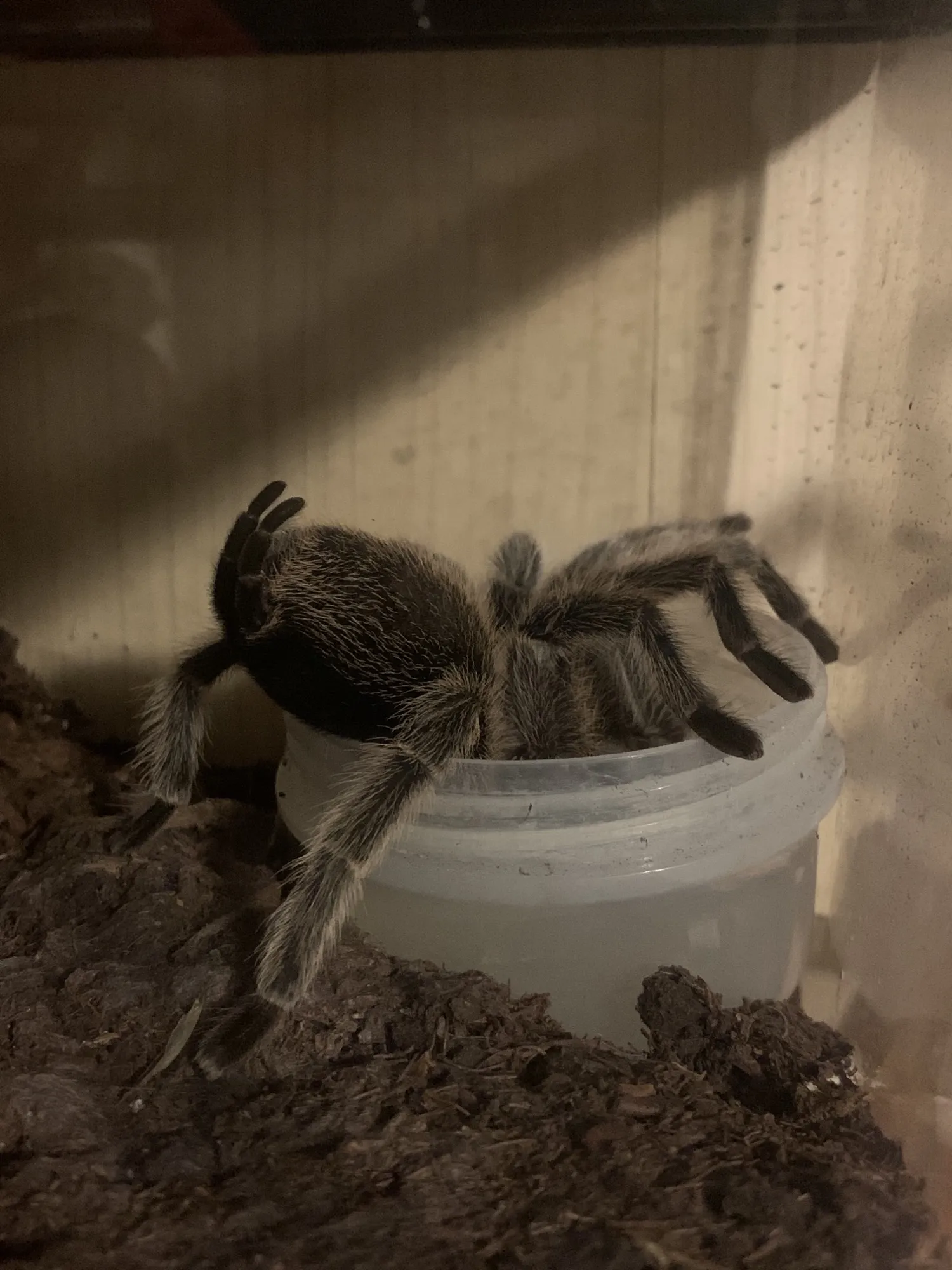
The physical appearance of a Rose Hair Tarantula is a significant aspect of its appeal. Adult Rose Hair Tarantulas exhibit a predominantly dark brown coloration, complemented by long, reddish-brown hairs that give them a soft, almost fuzzy appearance, hence the name. These hairs are not just for show; they serve as sensory organs, helping the tarantula detect vibrations and environmental changes. A fully grown Rose Hair Tarantula typically has a leg span ranging from 4 to 6 inches, with females generally larger than males. Their bodies are segmented into two main parts, the cephalothorax (fused head and thorax) and the abdomen, both covered in a protective exoskeleton. The chelicerae, or fangs, are prominent and used for capturing and injecting venom into prey, though the venom is not considered dangerous to humans.
Understanding Their Habitat
Understanding the natural habitat of Rose Hair Tarantulas is crucial for providing them with proper care in captivity. These tarantulas are native to the arid and semi-arid regions of South America, including Chile, Argentina, and Bolivia. They thrive in environments characterized by low humidity and warm temperatures, often burrowing in the ground or seeking shelter under rocks and in crevices to escape the heat. In their natural habitat, they are nocturnal hunters, emerging at night to ambush insects and other small creatures. When creating a habitat for a Rose Hair Tarantula, it’s essential to replicate these environmental conditions. This includes a dry substrate, such as coconut fiber or vermiculite, a hide for them to retreat to, and a shallow water dish for hydration.
Diet and Feeding Habits
Rose Hair Tarantulas are opportunistic predators, their diet primarily consisting of insects and other invertebrates they can overpower. Understanding their feeding habits is essential for their health and well-being in captivity. Providing them with the right food in appropriate quantities ensures they receive the necessary nutrients to thrive. This section explores what Rose Hair Tarantulas eat, how frequently they should be fed, and how to set up a proper feeding environment.
What do Rose Hair Tarantulas Eat
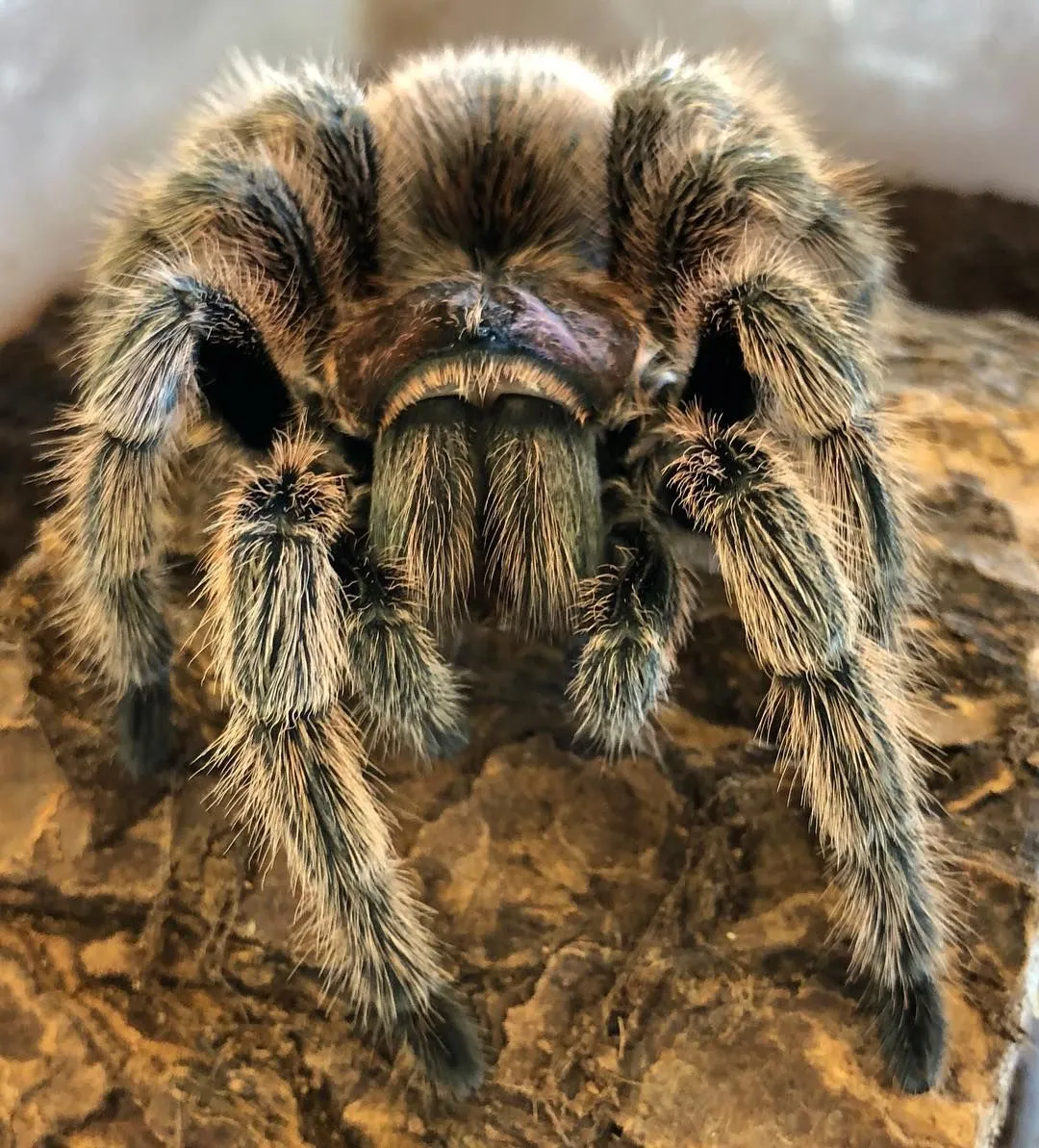
The diet of a Rose Hair Tarantula primarily consists of insects, with crickets, mealworms, and roaches being common choices for captive tarantulas. As juveniles, they may be fed smaller prey items, such as fruit flies or pinhead crickets. As they grow, their diet can be supplemented with larger insects, such as superworms or even small vertebrates like pinkie mice, although these should be offered sparingly. It’s important to ensure that the insects are gut-loaded with nutritious food, such as fresh vegetables or commercially available insect food, before being offered to the tarantula. This enhances the nutritional value of the meal and promotes the tarantula’s overall health.
Feeding Frequency
The feeding frequency for a Rose Hair Tarantula depends on its age and size. Spiderlings and juveniles typically require more frequent feeding, usually every few days, to support their growth. Adult tarantulas, on the other hand, can be fed less frequently, often once or twice a week, or even less depending on their appetite. It’s crucial to monitor the tarantula’s abdomen; if it appears plump and round, it may not need to be fed as often. Conversely, if the abdomen seems relatively small, the tarantula might benefit from more frequent feedings. Always remove any uneaten prey within 24 hours to prevent stress and potential harm to the tarantula.
How to Setup a Feeding Environment
Setting up a proper feeding environment for a Rose Hair Tarantula involves several considerations. The enclosure should be large enough to allow the tarantula to move freely while providing ample space for the prey. The substrate should be kept clean, and any uneaten food should be removed promptly to prevent mold or mites. Providing a shallow water dish with fresh water at all times is essential for hydration, particularly during and after feeding. It’s also important to ensure that the prey items are not too large for the tarantula to handle, as this can pose a danger. Some keepers prefer to feed their tarantulas in a separate container to minimize the risk of the tarantula being startled or stressed during feeding.
Rose Hair Tarantula Behavior and Temperament
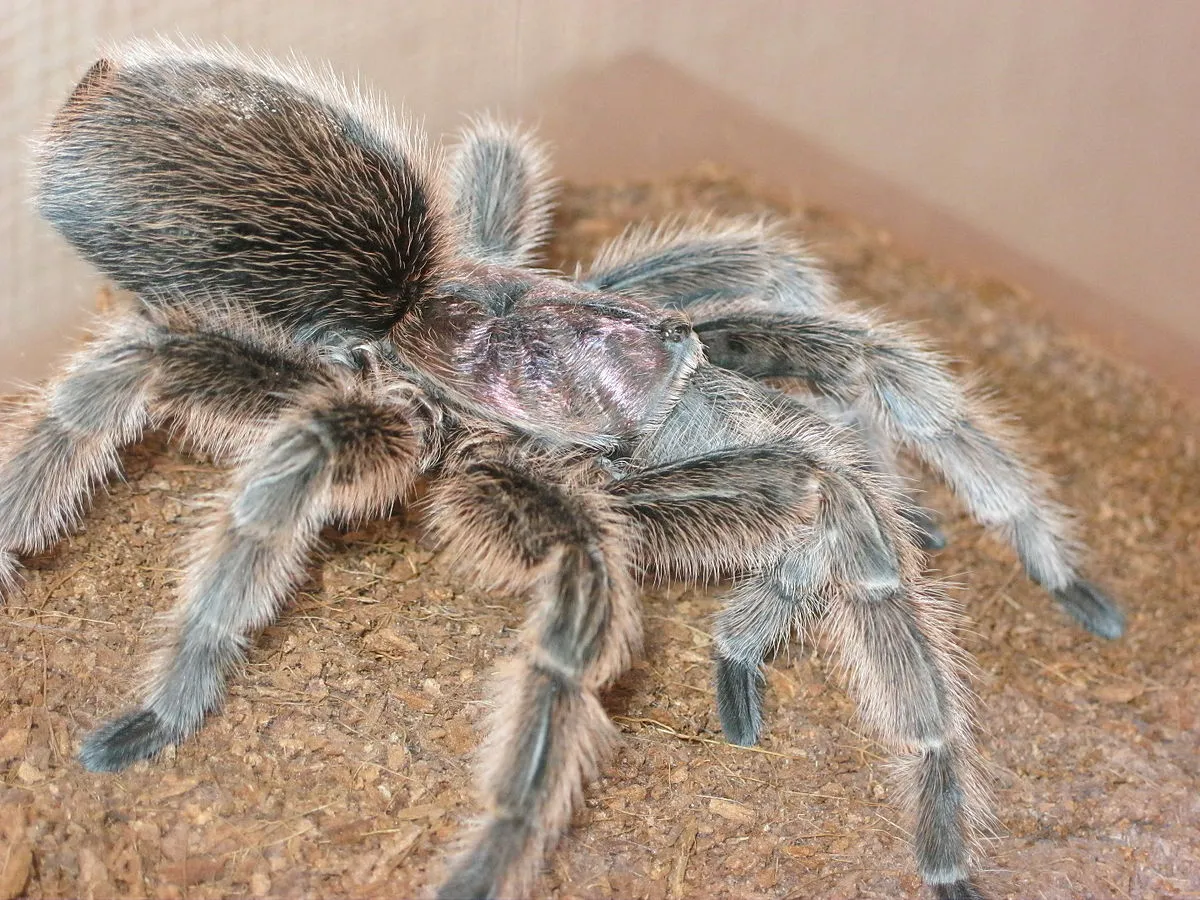
The behavior and temperament of a Rose Hair Tarantula are key factors that make them a popular choice for pet owners. Known for their generally docile nature, these tarantulas are less likely to bite or exhibit aggressive behavior when compared to other species. However, understanding their defensive mechanisms and common behavioral patterns is essential for responsible ownership. This section explores how Rose Hair Tarantulas behave and what to expect when interacting with them.
Defensive Mechanisms
Despite their generally calm demeanor, Rose Hair Tarantulas do have defense mechanisms they employ when threatened or startled. One common defense mechanism is the urticating hairs, which are barbed hairs located on their abdomen. When the tarantula feels threatened, it flicks these hairs toward the perceived threat, causing irritation and itching upon contact. Another defense mechanism is the threat pose, where the tarantula may rear up, displaying its fangs in a defensive posture. Although bites are rare, they can occur if the tarantula feels cornered or excessively provoked. It’s important to handle these tarantulas gently and avoid sudden movements or loud noises to minimize the risk of triggering their defensive behaviors.
Common Behavioral Patterns
Rose Hair Tarantulas exhibit a range of common behavioral patterns. They are primarily nocturnal, meaning they are most active during the night and will often spend the day hiding in their burrows or under shelter. They are also opportunistic hunters, waiting for prey to come within range before ambushing them. Another common behavior is burrowing; they often dig burrows in their substrate or utilize hides provided in their enclosure to create a secure environment. They also show a behavior called ‘pre-molt lethargy,’ where they may become less active and refuse food in the days or weeks leading up to molting. Observing these behaviors can help owners understand their tarantula’s needs and overall health.
Moulting Process
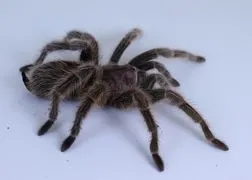
Molting is a critical process in the life of a Rose Hair Tarantula, allowing it to shed its old exoskeleton and grow. Understanding this process and providing appropriate care is vital for the tarantula’s health and longevity. During molting, the tarantula sheds its entire external structure, including the lining of its mouth and the lining of the gut. This process is essential for growth and replacing any damaged parts. This section details the signs of moulting and the appropriate post-molting care for your tarantula.
Signs of Moulting
Several signs indicate a Rose Hair Tarantula is about to molt. One of the most noticeable signs is a change in color. The tarantula’s coloration may appear duller or darker, and the abdomen may appear more rounded and distended. The tarantula may also become less active, spending more time in its burrow or hiding. Loss of appetite is another common sign; the tarantula may refuse to eat for several weeks before molting. You might also observe a bald spot on the abdomen, as the tarantula brushes off urticating hairs in preparation for the molt. Additionally, the tarantula might create a web mat to lie on during the process, providing extra grip and comfort.
Post-Moulting Care
After molting, a Rose Hair Tarantula is extremely vulnerable. The new exoskeleton is soft and delicate, making it susceptible to injury. It’s crucial to avoid handling the tarantula for a few days or even weeks until the exoskeleton hardens. Provide the tarantula with fresh water and offer food a week or two after the molt. Be patient; the tarantula might not eat immediately, but it will eventually regain its appetite as it regains its strength. Ensure the enclosure conditions are stable, with the correct temperature and humidity levels. Remove any uneaten prey to prevent potential harm to the tarantula during this vulnerable period.
Reproduction
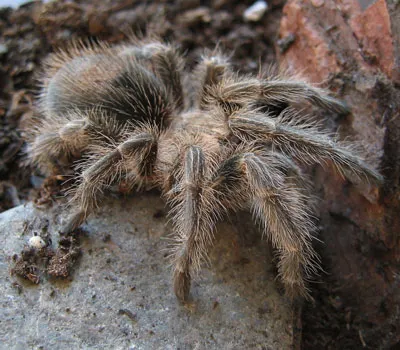
The reproduction process of Rose Hair Tarantulas is fascinating, starting with the mating process, followed by the female laying an egg sac, and culminating in the care of the spiderlings. Understanding these aspects can provide a comprehensive view of their life cycle. Successfully breeding these tarantulas in captivity requires specific knowledge of their reproductive behavior and care requirements. This section explores the mating process, egg sac production, and the care of spiderlings.
Mating Process
Mating a Rose Hair Tarantula involves careful preparation and observation. The male tarantula must mature sexually, developing specialized structures on its pedipalps, called “boxing gloves,” which are used to store sperm. During mating, the male approaches the female cautiously, drumming on her burrow or tapping her to signal his intentions. If the female is receptive, she allows the male to mate with her. After mating, the male should be removed from the enclosure to prevent the female from attacking and potentially eating him. It’s also important to note that not all mating attempts are successful, and the female may not always lay eggs after mating.
Egg Sac and Spiderlings Care
If the mating is successful, the female Rose Hair Tarantula will produce an egg sac, which can contain hundreds of eggs. She will fiercely protect the egg sac, turning it frequently and keeping it moist. The egg sac will hatch in a few weeks to a few months. Once the spiderlings emerge, they are small and vulnerable. They require a humid environment and a steady supply of small prey, such as fruit flies or pinhead crickets. The spiderlings should be housed separately to prevent cannibalism. Providing proper care at this stage is crucial for their survival and healthy development. Careful monitoring, correct humidity levels, and ample food are all vital during this early stage of their lives.
